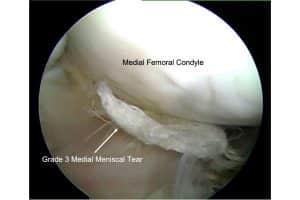
Equine Meniscal Injuries
Equine meniscal injuries can cause severe pain and lameness, but if diagnosed and treated properly many horses can return to work.

Equine meniscal injuries can cause severe pain and lameness, but if diagnosed and treated properly many horses can return to work.

X rays are valuable diagnostic tools for equine dental health that can reveal undiagnosed issues.

Veterinarians discuss how they radiograph, ultrasound, and treat neck problems.

Diagnostic imaging results are clearer than ever, but how they will affect a horse’s performance career isn’t always evident.
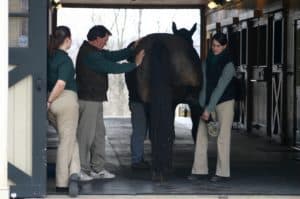
Find out how to get athletic horses with injuries to the large, complex stifle joint on the road to recovery.

A veterinary podiatrist explains how X rays can be a useful tool for managing horses with chronic laminitis.
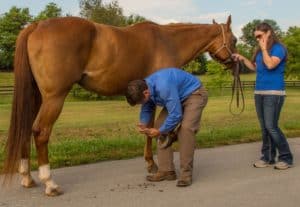
What can an owner do to control a horse’s foot pain? We turned to two equine veterinarians that spend a lot of time managing horses’ feet to find out.

Though it goes by several names, the condition is common among horses and frustrating for owners, farriers, and veterinarians alike.

MRI has helped veterinarians recognize new pathologies within horses’ hooves as well as learn more about existing lesions.
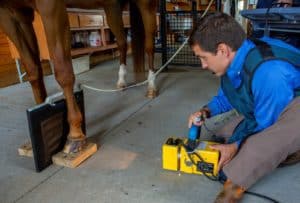
Diagnostic imaging technology has improved tremendously in the past few decades, with several effective options to choose from. Learn about the machines and technologies your veterinarian can use to look inside your horse, including MRI, CT, PET scans, and more.
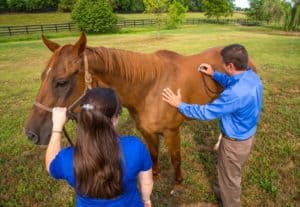
He might seem perfect—but before you call him yours, determine if a horse is sound and serviceable for the job at hand and if you can live with his inevitable flaws.

Read about three real-life examples of equine athletes that made full recoveries from their injuries, including their diagnostic challenges, rehab modalities, and recovery details.
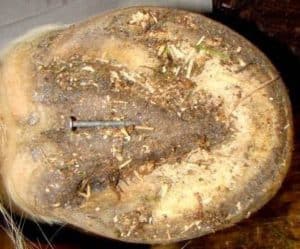
How would you react if your horse stepped on a nail? One practitioner outlines the steps you should take.
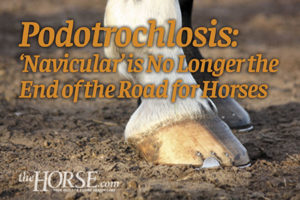
Lame horse? Advanced diagnostic and management strategies for navicular syndrome have improved long-term outcomes.
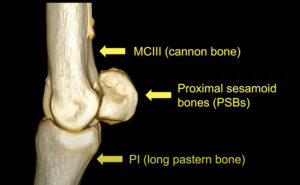
One veterinarian weighs the pros and cons of available imaging modalities when it comes to diagnosing common fetlock injuries.

After identifying the affected structures, veterinarians can use ultrasound, radiographs, and synoviocentesis to assess synovial involvement.
Stay on top of the most recent Horse Health news with
© 2022 Copyright Statement dolor sit amet, consetetur sadipscing User Terms, sed diam nonumy eirmod tempor invidunt ut labore et dolore magna aliquyam erat, sed diam voluptua. At vero eos et accusam et justo duo dolores et ea rebum. Stet clita kasd gubergren, no sea takimata sanctus est Lorem ipsum dolor sit amet.
"*" indicates required fields